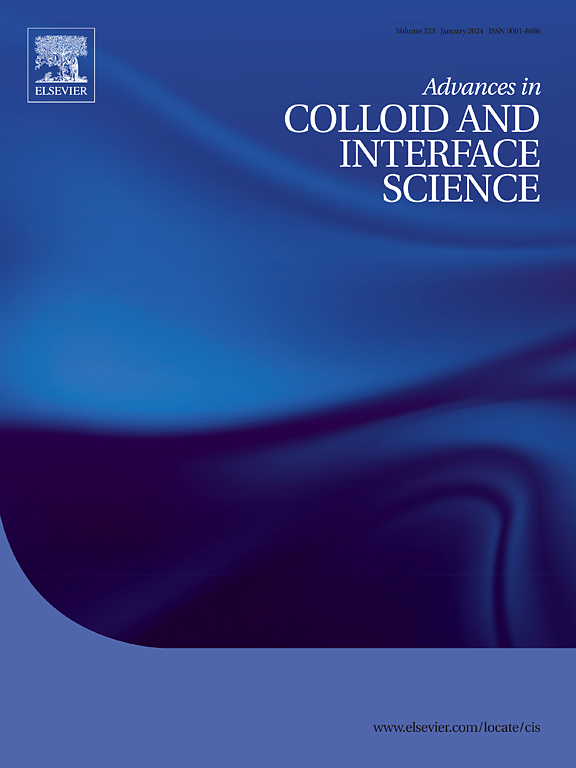Unveiling cutting-edge developments in defective BiOI nanomaterials: Precise manipulation and improved functionalities towards bolstered photocatalysis
IF 15.9
1区 化学
Q1 CHEMISTRY, PHYSICAL
引用次数: 0
Abstract
Defect engineering represents a paradigm shift in tailoring nanomaterials for enhanced catalytic performance across various applications. This manuscript succinctly highlights the significance of defect engineering in improving the catalytic performance of BiOI nanoparticles for multiple applications, particularly in photocatalysis. The photocatalytic process of BiOI semiconductor is intricately linked to its indirect bandgap and layered crystalline structure. By influencing the structural dynamics of its layered materials, defects contribute significantly to optimizing its catalytic performance. “Fundamental insights into manipulating defects, including oxygen and iodine vacancies, bismuth defects, and synergistic dual defects, in BiOI are meticulously discussed. Advanced characterization techniques, spanning spectroscopy to microscopy, are explored for precise defect identification and quantification. The fragile van der Waals forces foster interactions between adjacent iodine atoms in BiOI, contributing to the overall structural stability”. Understanding these structural intricacies lays a robust foundation for comprehending and exploring the exceptional physicochemical properties of two-dimensional BiOI. The manuscript showcases BiOI potential in energy and environmental sectors, ranging from solar-driven H2 evolution to CO2 reduction and various harmful pollutant degradation. By unravelling the intricate interplay between defects and catalytic activity, this manuscript sets a new benchmark for tailored catalytic solutions. This manuscript offers a comprehensive overview of defect engineering in BiOI and charts a path towards sustainable and efficient photocatalytic systems. It underscores the imperative of meticulous defect control and innovation in addressing the pressing challenges of the energy and environmental landscape.

缺陷工程是量身定制纳米材料以提高各种应用催化性能的范式转变。本手稿简明扼要地强调了缺陷工程在提高生物氧化物纳米粒子的催化性能,尤其是在光催化方面的多种应用中的重要意义。BiOI 半导体的光催化过程与其间接带隙和层状晶体结构密切相关。通过影响其层状材料的结构动态,缺陷对优化其催化性能具有重要作用。"本研究细致地讨论了操纵 BiOI 中的缺陷(包括氧和碘空位、铋缺陷和协同双重缺陷)的基本见解。还探讨了从光谱学到显微镜的先进表征技术,以精确识别和量化缺陷。脆弱的范德华力促进了 BiOI 中相邻碘原子之间的相互作用,从而提高了整体结构的稳定性"。了解这些错综复杂的结构为理解和探索二维 BiOI 的特殊物理化学特性奠定了坚实的基础。手稿展示了 BiOI 在能源和环境领域的潜力,包括太阳能驱动的 H2 演化、二氧化碳减排和各种有害污染物降解。通过揭示缺陷与催化活性之间错综复杂的相互作用,本手稿为定制催化解决方案树立了新的标杆。本手稿全面概述了 BiOI 中的缺陷工程,并描绘了一条通往可持续高效光催化系统的道路。它强调了在应对能源和环境领域的紧迫挑战时,细致的缺陷控制和创新势在必行。
本文章由计算机程序翻译,如有差异,请以英文原文为准。
求助全文
约1分钟内获得全文
求助全文
来源期刊
CiteScore
28.50
自引率
2.60%
发文量
175
审稿时长
31 days
期刊介绍:
"Advances in Colloid and Interface Science" is an international journal that focuses on experimental and theoretical developments in interfacial and colloidal phenomena. The journal covers a wide range of disciplines including biology, chemistry, physics, and technology.
The journal accepts review articles on any topic within the scope of colloid and interface science. These articles should provide an in-depth analysis of the subject matter, offering a critical review of the current state of the field. The author's informed opinion on the topic should also be included. The manuscript should compare and contrast ideas found in the reviewed literature and address the limitations of these ideas.
Typically, the articles published in this journal are written by recognized experts in the field.

 求助内容:
求助内容: 应助结果提醒方式:
应助结果提醒方式:


